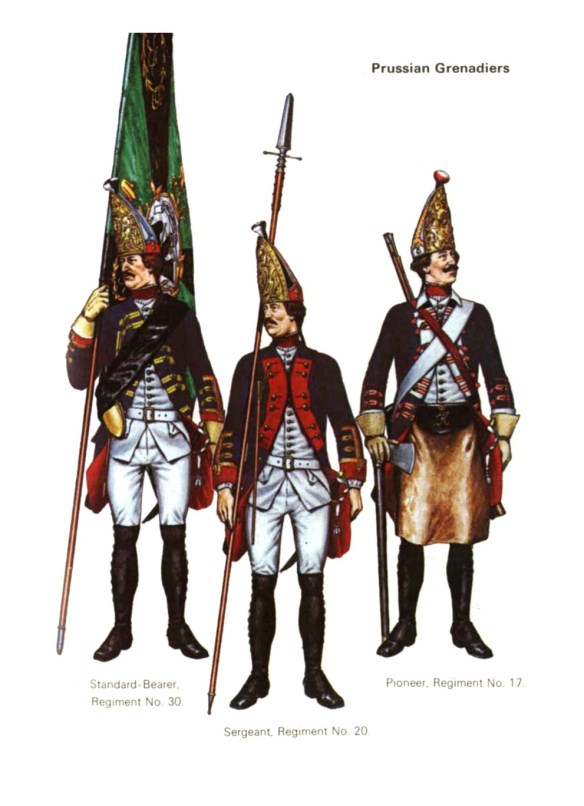May 12,1762
In Saxony in 1762, an Austrian move opposite to him that first caused Prussian Prince Henry to go over to the offensive in the first place. The enemy were fearful of possible Russian intrusion into their homeland, as we have observed, and so transferred some troop formations from the Saxon front to stiffen the Austrian position in Silesia to confront the Prussians and the Russians. This weakened the Austro-Imperialist position in Saxony, however, and thus allowed Henry the opportunity to strike.
The enemy opposed to Prince Henry had been in motion in the meanwhile. Stolberg’s forward elements occupied Penig and Chemnitz in early May, while Prince Henry occupied the region all the way up to Oschatz (May 5), looking for signs of the enemy close-by. The Allied left flank, led by Major-General Johann Franz von Zedtwitz, was composed of about 4,000 men in all. Zedtwitz neglected, however, the most basic of defensive measures, including leaving unmanned guard posts open during daylight hours. Such carelessness would not go unpunished.
In the event, Henry was resolved to carry out his enterprise here, if at all possible. Late on May 11, the Prussians moved in preparing to strike at the Allies in the area. An Austrian guard post over by Nieder-Striegis was overrun by Prince Henry’s men during the twilight hours, and, before 0700 hours next day, May 12, the main bluecoat forces, summarily divided into four separate columns for the occasion, swept forward against the unsuspecting foe over by Döebeln. General Kanitz and his men pushed on to Gadewitz, while Friedrich Wilhelm von Seydlitz, with a second column (this one composed of some 37 squadrons of fine Prussian cavalry and some infantry), struck from near Mockritz leaning over at Zschornewitz. Kleist on the far left rolled forward between Knobelsdorf and Nauβlitz. Finally, the Prussians of General Alt-Stutterheim made their way at Stormitz. All but Kleist were scheduled to make a frontal charge against the Allies, but before the others could even approach, the advanced guard of Kleist’s men crossed the Mulde River suddenly and bagged an entire battalion of Austrians as prisoners (approximately 43 officers and 1,536 rank-and-file). The particulars follow.
The beginning of the fray is debatable. Apparently in the confusion of the moment, Kleist’s gunners accidently fired off a shot. This precipitated the attack. Seydlitz felt this action was intentional, and apparently with the avowed aim of seeking glory for Kleist. Of course, this charge was vehemently denied. Nevertheless, Döebeln turned out to be a pleasant interlude for the bluecoats. Moreover, what a surprise when one of the captives turned out to be General Zedtwitz himself, captured over near Littdorf while leading his cavalry in a hopeless counterattack to stem the enemy’s progress. A short, but involved effort followed, compelling the Allies to retreat, leaving behind nearly 50 percent of their men as prisoners, along with five pieces of artillery. The survivors scurried to safety at and about Dippoldiswalde. Bluecoat casualties on this occasion amounted to some 60 men.
One of the backlashes of this fight was the feud that grew out of the altercation between the persons of Generals Friedrich Wilhelm Gottfried Arnd von Kleist [‘Green’ Kleist] and Seydlitz. Both men resented the actions of the other on this occasion. Perhaps both men, seeing the end of hostilities coming and wanting more opportunities for glory, were a tad shortsighted on this occasion. In the final analysis, the Prussian effort was indeed a success, but one which did not lend itself to an easy follow up by the victors, especially as Prince Henry’s army lacked any means at all to secure reinforcements.
Serbelloni, for his part, was visibly shaken by the reverse. The Allies held posts west of the Elbe, which included a number constituting a stranglehold on the Saxon capital; they were thus able to hold interior lines from Dresden extending over towards Dippoldiswalde.
